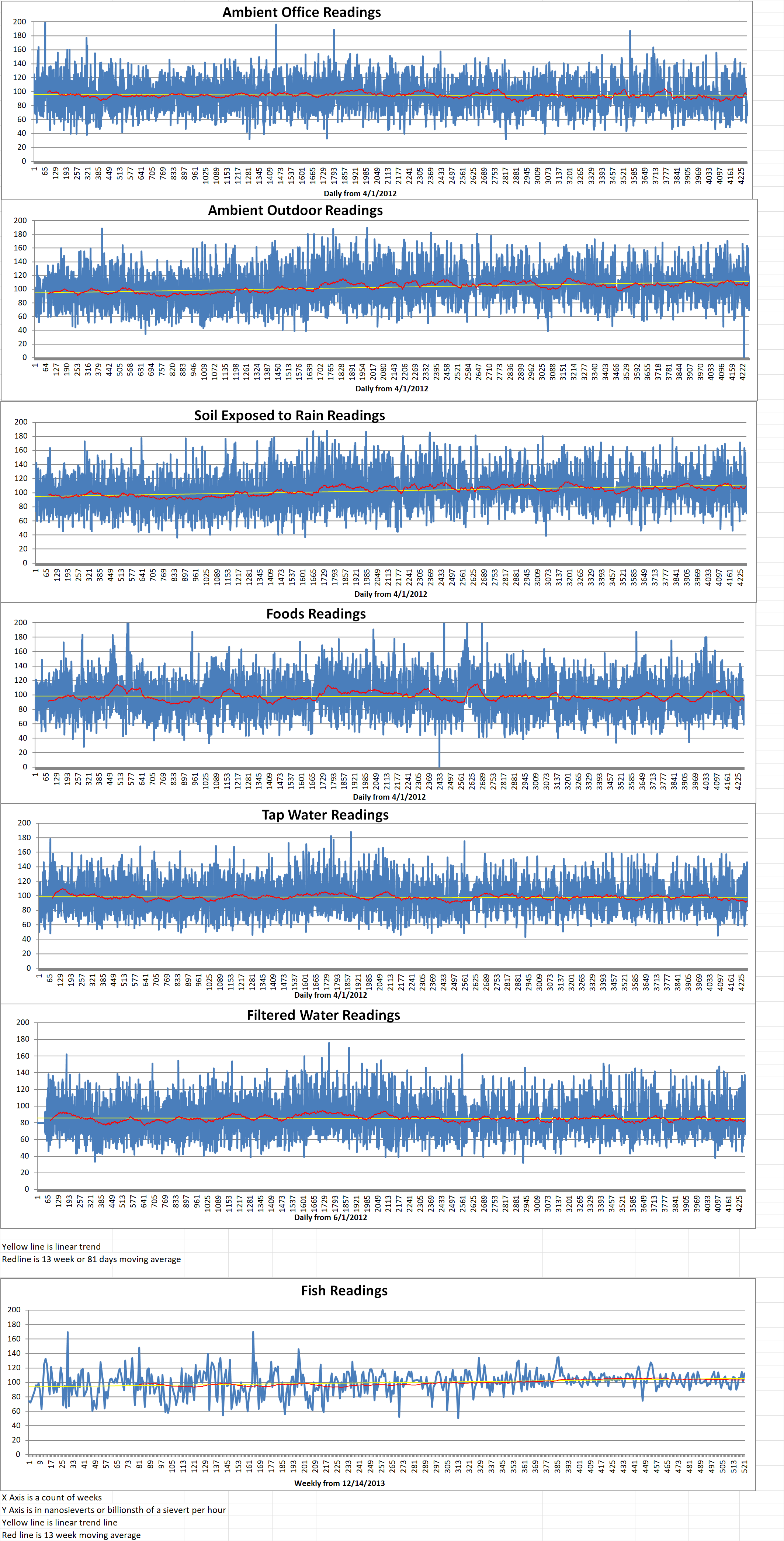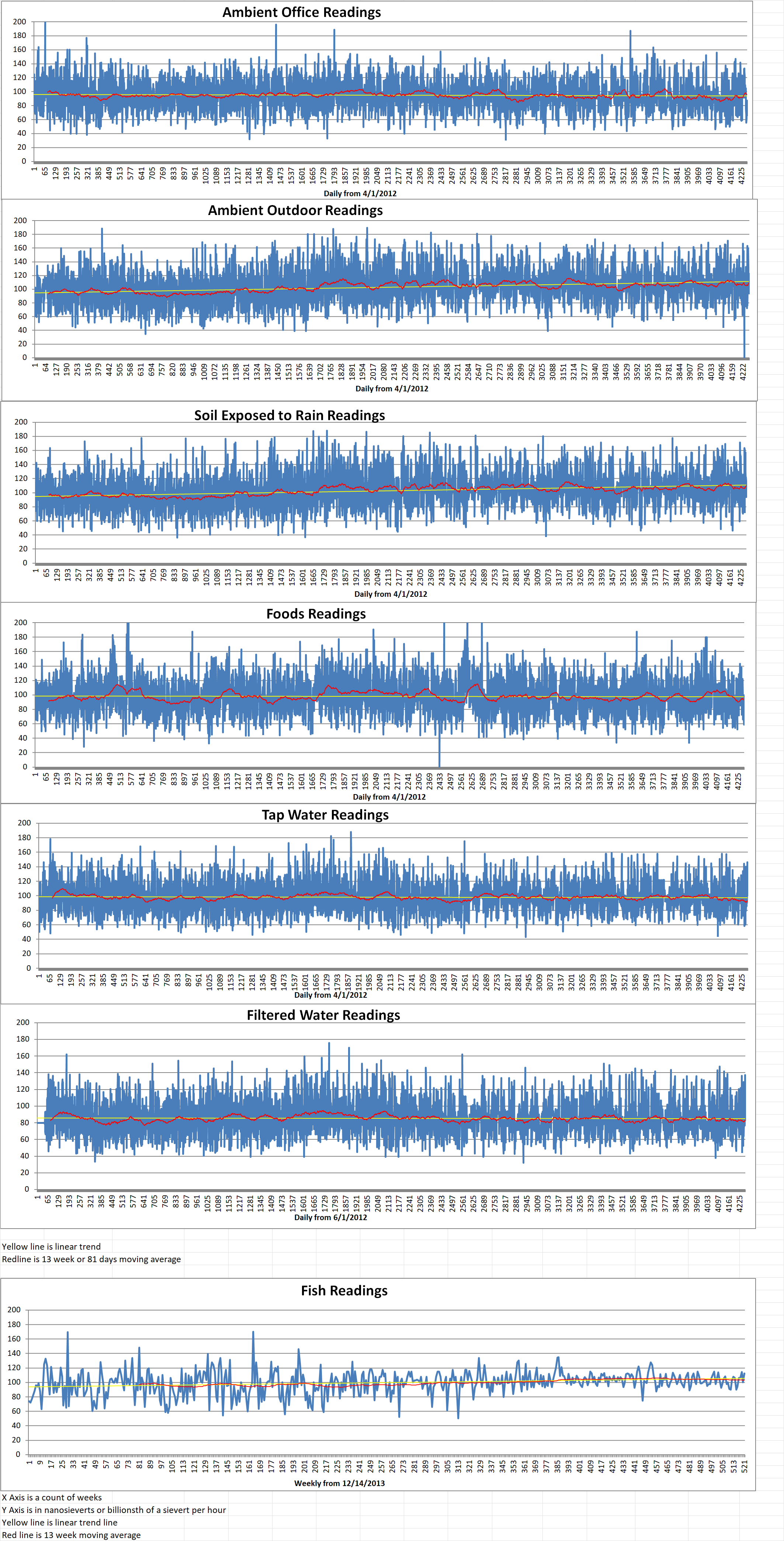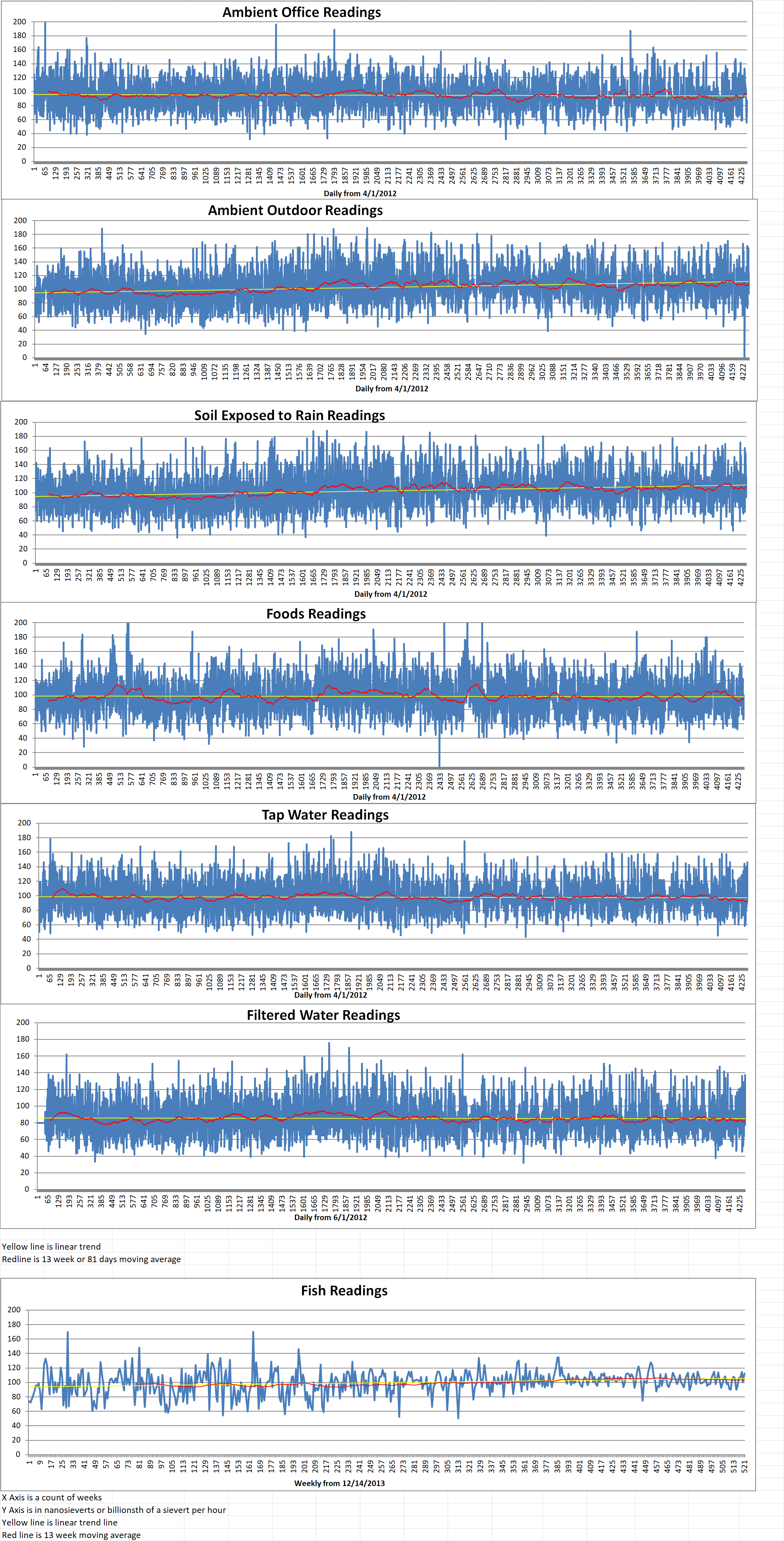Radiant Industries is a California-based start-up. Radiant and Amsted Graphite Materials have signed a memorandum of understanding (MoU) aimed at strengthening the domestic supply chain for nuclear-grade graphite. As part of the increased collaboration, Radiant has placed a big purchase order with Amsted Graphite Materials for its PCEA nuclear-grade graphite to support Radiant’s development of their Kaleidos microreactor.
Radiant has been selected as one of three advanced nuclear technology developers to receive funding from the U.S. Department of Energy (DoE). The funding is dedicated to developing and testing microreactor designs using the Demonstration of Microreactor Experiments (DOME) test bed at Idaho National Laboratory. The DoE, through the National Reactor Innovation Centre (NRIC), is providing four million dollars to Radiant, Ultra Safe Nuclear Corporation (UNSC) and Westinghouse to design experiments to test microreactor designs at DOME.
Radiant Industries was started in 2019 by former SpaceX engineers. Its Kaleidos design is a high-temperature gas-cooled reactor (HTGR). It will utilize TRISO fuel, a helium coolant, and a graphite moderator. All Kaleidos components will be packed in a single shipping container to facilitate rapid deployment. It is designed to produce one million two hundred thousand megawatts of electricity or one million nine hundred thousand megawatts of thermal energy for heating or water desalination, as a potential replacement for diesel generators. Following testing that is scheduled to begin in 2026, Radiant intends to manufacture commercial production units in 2028.
The success of Radiant’s Kaleidos Demonstration Project, along with the viability of subsequent commercial projects, will rely on supply certainty and affordability of nuclear-grade, medium and fine grain graphite required for application in a nuclear environment.
Amsted Graphite Materials, part of the Chicago-based diversified manufacturing conglomerate Amsted Industries, is the biggest U.S.-owned synthetic graphite producer. Tori Shivanandan is the Chief Operating Officer of Radiant. She said, “By joining forces to secure a reliable supply of critical graphite materials, we are investing in the success of our Kaleidos Demonstration Project and laying a solid foundation for the future of clean energy in the United States.”
The MoU indicates the strong commitment of Radiant and Amsted Graphite Materials to reduce reliance on foreign sources of nuclear-grade graphite. They seek to enhance U.S. advanced manufacturing capabilities and strengthen the security of US nuclear energy supply chains. Their key objectives include collaborative efforts in policy advocacy at federal, state and local levels, strategic discussions with third parties, exploration of public-private partnerships with the U.S. government, and participation in testing and R&D programs with universities and government laboratories.
Gavin Noel is Vice President and General Manager of Amsted Graphite Materials. He said, “Our collaboration with Radiant is a significant step toward strengthening America’s nuclear energy infrastructure. As the United States moves toward a cleaner, more resilient energy future, our partnership underscores the essential role of graphite in ensuring the security and sustainability of innovative technologies.”
Amsted Graphite Materials signed a partnership agreement with small modular reactor developer X-energy in 2022 to establish an integrated domestic supply chain for nuclear-grade graphite. X-energy’s Xe-100 high-temperature gas-cooled reactor is also designed to utilize synthetic graphite as a moderator.
Blog
-

Nuclear Reactors 1400 – Radiant Industries and Amsted Graphite Materials Have Signed A Memorandum Of Understanding Aimed At Improving The Domestic Supply Chain For Nuclear Grade Graphite
-

Geiger Readings for May 31, 2024
Ambient office = 80 nanosieverts per hour
Ambient outside = 69 nanosieverts per hour
Soil exposed to rain water = 71 nanosieverts per hour
Tomato from Central Market = 73 nanosieverts per hour
Tap water = 85 nanosieverts per hour
Filter water = 67 nanosieverts per hour
-
Nuclear News Roundup May 31, 2024
Regulator’s safety goal for Atucha Long-Term Operation project world-nuclear-news.org
Finnish Nuclear Start-up Steady Energy to Begin Construction of Small Modular Nuclear Pilot Plant finance.yahoo.com
Report to Congress on Sea-launched Nuclear Cruise Missile news.usni.org
China: US nuclear weapons in South Korea would undermine its security voanews.com
-

Nuclear Fusion 72 – Princeton Plasma Physics Laboratory Is Working On A Model Of How The Shape Of A Tokamak Affects Its Function – Part 2 of 2 Parts
Part 2 of 2 Parts (Please read Part 1 first)
The new model enhances our understanding of pedestals and brings scientists closer to achieving the greater goal of designing a fusion reactor that generates more power than it consumes.
Parisi’s second paper in the series deals with how well the EPED model aligns with the height and width of the pedestal for different plasma shapes.
He said, “Your core fusion pressure, and therefore your power, is so sensitive to how high your pedestal is. And so, if we were to explore different shapes for future fusion devices, we definitely want to make sure that our predictions work.”
Parisi began with old data from experimental discharges in NSTX and then modified the plasma’s edge shape. He discovered that changing the shape had a very big effect on the width-to-height ratio of the pedestal. Parisi also found that some shapes could lead to several possible pedestals. This was particularly true in tokamaks shaped like NSTX and its descendant, which is currently being upgraded, NSTX-U. This would give those running a fusion experiment a choice between, for example, a steep or shallow pedestal.
Parisi said, “When people came up with these pedestal models, they were trying to predict the pedestal width and height because it can change the amount of fusion power generated by a lot, and we want to be accurate. But the way that models are constructed at the moment, they only take into account plasma stability.”
Heating and fueling are two other important factors and ones that Parisi’s third paper explores. Specifically, Parisi examined certain pedestals and determined the amount of heating and fueling required to achieve it given a particular plasma shape. A steep pedestal usually requires far more heating than a shallow pedestal.
The third paper also considers how a sheared flow, which occurs when adjacent particles move at different flow speeds, can alter the pedestal height and width. Past experiments in NSTX found that when part of the interior of the reactor vessel was coated in lithium and the flow shear was strong, the pedestal became three to four times wider than when no lithium was added.
Parisi continued, “It seems to be able to allow the pedestal to continue to grow. If you could have a plasma in a tokamak that was all pedestal, and if the gradients were really steep, you would get a really high core pressure and a really high fusion power.”
Understanding the variables involved in creating a stable, high-power plasma brings researchers closer to their ultimate goal of commercial fusion power.
Jack Berkery is co-author of the published papers and deputy director of research for NSTX-U. He said, “These three papers are really important for understanding the physics of spherical tokamaks and how the plasma pressure organizes into this structure where it increases sharply at the edge and maintains high pressure in the core. If we don’t understand that process, we can’t confidently project to future devices, and this work goes a long way toward achieving that confidence.” -
Nuclear News Roundup May 30, 2024
Washington Looking to Revive More Shuttered Nuclear Plants oilprice.com
US Public Opinion Softens on Nuclear Energy, Concerns Persist miragenews.com
BWX Technologies invests C$80 million to expand nuclear commercial manufacturing facility plantservices.com
GLE agrees to acquire land for Paducah facility world0nuclear-news.org
-

Geiger Readings for May 30, 2024
Ambient office = 66 nanosieverts per hour
Ambient outside = 106 nanosieverts per hour
Soil exposed to rain water = 106 nanosieverts per hour
Red bell pepper from Central Market = 59 nanosieverts per hour
Tap water = 100 nanosieverts per hour
Filter water = 84 nanosieverts per hour
-

Nuclear Fusion 71 – Princeton Plasma Physics Laboratory Is Working On A Model Of How The Shape Of A Tokamak Affects Its Function – Part 1 of 2 Parts
Part 1 of 2 Parts
Harnessing energy from plasma requires a precise understanding of its behavior during nuclear fusion to keep it hot, dense and stable. A plasma’s edge can become unstable and bulge. A new theoretical model brings the prospect of commercial fusion power closer to reality.
Jason Parisi is a staff research physicist at PPPL. He said, “The model refines the thinking on stabilizing the edge of the plasma for different tokamak shapes.” Parisi is the lead author of three articles describing the new model that were published in the journals Nuclear Fusion and Physics of Plasma. The primary paper focuses on a part of the plasma referred to as the pedestal which is located at the edge. The pedestal is prone to instabilities because the plasma’s temperature and pressure often fall sharply across this area.
The new model is important because it is the first to match pedestal behaviors that were seen in the U.S. Department of Energy’s (DOE) Princeton Plasma Physics Laboratory (PPPL) National Spherical Torus Experiment (NSTX). Conventional tokamaks are shaped like donuts. However, NSTX is one of several tokamaks that are shaped more like a cored apple. The difference in tokamak proportions impacts plasma and the pedestal.
Parisi and his team explored the limits of pedestals and investigated how much pressure could be applied to plasma inside a fusion reactor before instabilities appeared. They examined disruptions in the pedestal called ballooning instabilities. These are bulges of plasma that jut out, like the end of a long balloon when squeezed.
Parisi said, “The model is an extension of a model that people have used in the field for maybe 10 years, but we made the ballooning stability calculation a lot more sophisticated.”
To create their model, the researchers looked at the relationship between the pedestal measurements and ballooning instabilities. Parisi said the new model fit well on the very first try. He continued, “I was surprised by how well it works. We tried to break the model to ensure it was accurate, but it fits the data really well.”
The existing model is known as EPED. It is known to work for donut-shaped tokamaks but not for the spherical variety. Parisi said, “We decided to give it a go, and just by changing one part of EPED, now it works really well.” The results also give researchers a better picture of the contrast between the two tokamak designs.
Parisi added, “There is certainly a big difference between the stability boundary for the apple shape and the standard-shaped tokamak, and our model can now somewhat explain why that difference exists.” The findings could help minimize plasma disruptions in fusion reactors.
Tokamaks are designed to increase the pressure and temperature of plasma, but instabilities can thwart those efforts. If plasma bulges out and touches the walls of the reactor vessel, it can erode the walls over time.
Instabilities can also carry energy away from plasma. Knowing how steep a pedestal can be before instabilities occur could assist researchers to find ways to optimize plasmas for fusion reactions based on the proportions of the tokamak.
While Parisi added that it’s not yet clear which shape is most advantageous, the model suggests other experiments that would try to exploit the positive aspects of the apple shape and see how much benefit they could provide.
Please read Part 2 next -
Nuclear News Roundup May 29, 2024
Construction of containment completed for Taipingling 1 world-nuclear-news.org
Laser hardening of steel used for nuclear plant equipment by Rosatom world-nuclear-news.org
UN nuclear agency’s board votes to censure Iran for failing to cooperate fully with the watchdog independent.co.uk
Holtec International engages community in plans to restart Nuclear Power Plant wwmt.com
-

Geiger Readings for May 29, 2024
Ambient office = 87 nanosieverts per hour
Ambient outside = 117 nanosieverts per hour
Soil exposed to rain water = 115 nanosieverts per hour
Corn from Central Market = 100 nanosieverts per hour
Tap water = 146 nanosieverts per hour
Filter water = 137 nanosieverts per hour
-

Nuclear Reactors 1399 – The U.S. Government Is Promoting Nuclear Power For Data Centers – Part 2 of 2 Parts
Part 2 of 2 parts (Please read Part 1 first)
Despite decades of decline, the U.S. nuclear fleet continues to supply about twenty percent of the nation’s electricity. Rather than wait years for SMRs to be permitted and built, an interim plan is being drafted for the prevention of further nuclear plant closures and upgrading of the plants so they last another few decades.
Lucas Johnson is with the Nuclear Energy Institute. He said, “The U.S. boasts the highest performing nuclear reactor fleet in the world. License renewals will ensure that clean energy, that would otherwise be lost if a plant were to shut down at the end of its license, will continue to serve as a foundation.”
The Inflation Reduction Act (IRD), along with actions at the state level, has assisted nuclear power plants to compete economically with other forms of energy. IRA funding is being used to restart the Palisades nuclear plant in Michigan.
A one and a half billion dollar commitment was made to Holtec Palisades to recommission the eight hundred megawatt Palisades Nuclear Power Plant in Covert Township, Michigan with the goal of job creation and emissions reduction. Holtec, the owner of the plant is waiting for licensing approval from the NRC and has arranged long-term power purchase agreements (PPAs) for the full output of the facility to local utilities.
This plant stopped operating in May 2022 due to lack of funding for extensive upgrades. However, the realities of having a stable grid and providing enough power for AI have caused lawmakers to backtrack from their once staunch anti-nuclear stance. The current administration is now solidly aboard the nuclear energy train.
Jennifer Granholm is the U.S. Secretary of Energy. She said, “Nuclear power is our single largest source of carbon-free electricity, directly supporting 100,000 jobs across the country and hundreds of thousands more indirectly.
Palisades will have its equipment upgraded to current standards with the goal of producing baseload clean power until at least 2051. In addition, Holtec intends to place two SMRs on the site which would add about eight hundred megawatts of additional generation capacity. Plans will be announced by AWS or another hyperscaler or colocation provider to site data centers nearby. Bahran said, “There are already many agreements in place for data centers to be located near existing and planned nuclear plants.”
It may be reasonable for a large colocation provider or hyperscaler to adopt their own SMR. But the cost may be beyond most data center operators. Bahran envisions a business model where several data centers may gather around one SMR to achieve economies of scale.
Bahran added, “With an SMR providing roughly twenty to thirty megawatts and AI data centers having widely variable energy demands, you could have one SMR in an area with multiple users.”
He noted the safety and security benefits of nuclear technology. In the event of a complete loss of power, current nuclear facilities are designed to safely shut down on their own. However, such large critical infrastructure assets pose cybersecurity concerns. They must be protected against cyber-attack or a physical security breach.
Finally, the supply of uranium needs to be guaranteed. Bahran mentioned that there is a need to expand US nuclear fuel sources. He said, “Investment is being made to ensure we have all the parts of the supply chain for a nuclear future.
